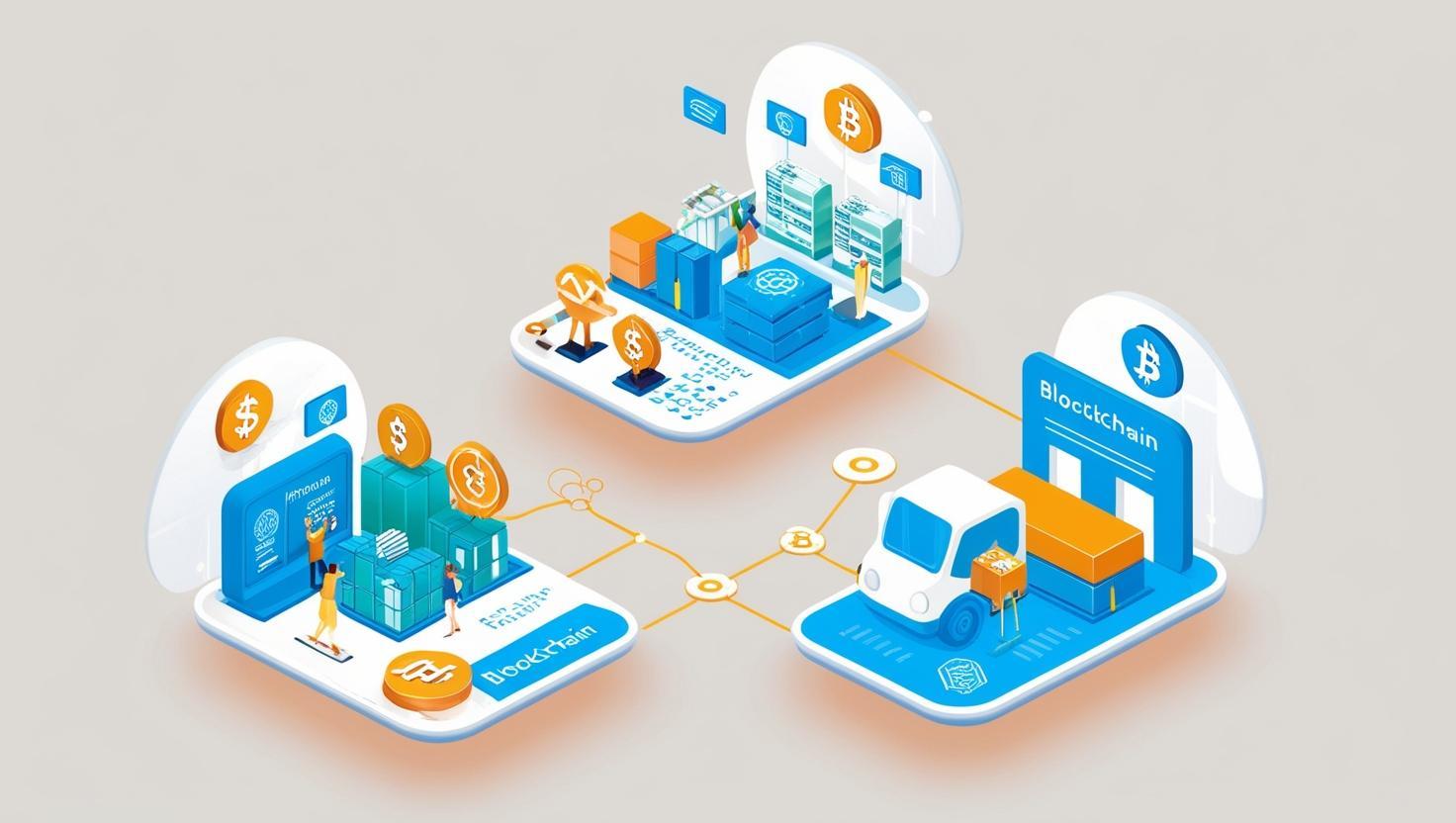Blockchain Revolution: How verifying Qualifications Is Becoming More Secure and Transparent
the digital era has dramatically transformed the way we manage and verify qualifications. From diplomas and certificates too professional credentials, traditional methods of credential verification often involve tedious paperwork, risk of forgery, and lack of global accessibility.Enter the blockchain revolution — a technological advancement that’s reshaping how secure and transparent qualification verification is achieved across the globe.
Introduction: The New Age of Credential verification
In today’s fast-moving world, verifying qualifications quickly and accurately is critical for employers, educational institutions, and individuals alike. The surge in fake degrees, fraudulent certificates, and data breaches has made it imperative to seek innovative solutions. Blockchain technology, celebrated for its decentralized nature and immutable records, is now at the forefront of this change. In this article, we’ll explore the blockchain revolution in qualification verification, its benefits, real-world implementations, and tips for embracing this cutting-edge approach.
Understanding Blockchain Technology in Qualification verification
Blockchain is a distributed ledger system that stores data across a network of computers, making it highly resistant to tampering and unauthorized changes. When applied to credential verification, blockchain offers a secure, transparent, and efficient mechanism for managing academic and professional records.
Key Features of Blockchain for Verification
- Decentralization: no single point of control; records are validated by multiple nodes.
- Immutability: Once a credential is recorded, it cannot be altered or deleted.
- Transparency: All stakeholders can view and validate records,ensuring trust.
- Accessibility: Digital records are available globally, facilitating cross-border recognition.
Benefits of Blockchain-Based Qualification Verification
Integrating blockchain technology into credential verification provides significant advantages for security,transparency,and operational efficiency:
1. Enhanced Security
- Protection Against Fraud: Blockchain’s tamper-resistant infrastructure reduces the risk of credential forgery and manipulation.
- Secure Data Sharing: Records can be securely shared between parties without risk of interception or alteration.
2. Improved Transparency
- Traceable Records: Every action in the credential lifecycle is logged, creating a transparent audit trail.
- Instant Verification: Employers and institutions can instantly verify credentials, eliminating delays and paperwork.
3.Cost and Time Efficiency
- Reduced Administrative Burden: Automation and self-verifying smart contracts decrease manual processes.
- Global Reach: Blockchain credentials are universally accessible, supporting international talent mobility.
How Does Blockchain Credential Verification work?
The blockchain revolution in qualification verification is powered by a combination of well-designed protocols and smart contracts. Here’s a typical workflow:
- Credential Issuance: Accredited institutions create a digital certificate—such as a diploma or certification—embedding it with cryptographic signatures.
- Storing on Blockchain: The credential’s data is stored on the blockchain,referenced by a secure,unique hash.
- Ownership Transfer: The digital record is transferred to the recipient’s blockchain identity—a secure wallet.
- Verification: Third parties (employers, other institutions) can instantly verify the credential’s authenticity by querying the blockchain.
Did you know? The World Economic Forum estimates that over 70% of global organizations plan to incorporate blockchain in their verification processes by 2025.
Case studies: Real-World Adoption of Blockchain Verification
Let’s look at how leading institutions and organizations are leveraging blockchain to verify qualifications securely and transparently:
MIT’s Digital Diploma Initiative
In 2017, MIT launched the blockcerts project, allowing graduates to receive their diplomas on a blockchain. These digital diplomas are verifiable worldwide, enabling employers to authenticate MIT credentials instantly, without paperwork or intermediaries.
European Blockchain Services Infrastructure (EBSI)
The European Union piloted EBSI to issue and verify higher education credentials for students across EU nations. This blockchain initiative fosters cross-border trust, reduces bureaucratic overhead, and supports student mobility within Europe.
Tech Giants and Recruitment Platforms
Companies like IBM and LinkedIn are exploring blockchain for professional certification verification. This ensures that certifications listed on profiles are genuine,boosting trust in digital resumes and portfolios.
First-Hand Experience: What Students and Professionals Say
Blockchain-powered qualification verification is not just a technological leap—it’s an experience upgrade. Here are voices from students and professionals:
-
Julia S., Computer Science Graduate:
“Receiving my digital diploma through blockchain meant I could apply for jobs internationally without waiting for physical documents or worrying about credential authenticity.” -
mark D.,HR Manager:
“Verifying certifications is now a matter of seconds,not days. Blockchain has made hiring much quicker and more reliable.”
Practical Tips for Embracing Blockchain Qualification Verification
Ready to join the blockchain revolution? Here are actionable strategies for institutions, organizations, and individuals:
- Educational institutions: partner with blockchain credential providers like Blockcerts or Learning Machine. Digitize degree and certificate issuance.
- Employers: Incorporate blockchain-based validation tools in your recruitment process. Train staff on interpreting digital credentials.
- Professionals and Students: Store and manage credentials in a secure digital wallet. Share blockchain certificates with employers to validate your qualifications seamlessly.
- policy Makers: Support standardization and regulatory frameworks to make blockchain qualification verification universally recognized.
Are you an educator, recruiter, or student interested in blockchain verification? Explore platforms like Blockcerts and EBSI to get started today!
Challenges and Future Outlook
While blockchain brings immense potential, there are still hurdles to overcome—including interoperability, regulatory acceptance, and stakeholder adoption. However, the trend is clear: as more institutions, governments, and companies recognize the advantages, blockchain-based verification will become the gold standard for secure and transparent qualification verification.
Conclusion: The Promise of Secure and Transparent Credential Verification
The blockchain revolution is advancing quickly, providing a transformative answer to qualification fraud, inefficiency, and global mobility challenges. By leveraging blockchain for verifying qualifications, organizations and individuals benefit from enhanced security, transparency, and convenience. As adoption accelerates, expect a future where digital credentials are trusted, universally accessible, and instantly verifiable—ushering in a new era of secure, transparent, and efficient qualification verification worldwide.
Stay ahead in your career and education by following blockchain innovations in credentialing. The future is secure,transparent,and powered by blockchain technology!

